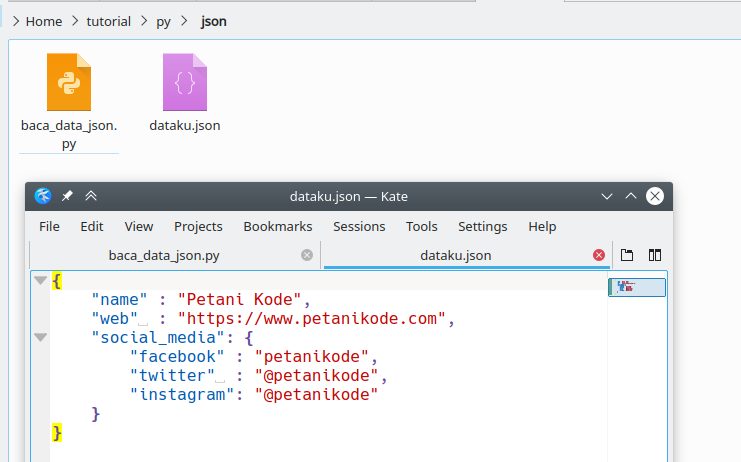

You don’t really need to worry about it too much. Did you notice the quotes around that dictionary that you created for the JSON? That’s because Python treats JSON as a string unless it’s coming from a file. Python uses the loads method from the json to load JSON from a string. That’s what you’ll be working with first. Take a step back to that simple line of JSON that you created earlier. Put the JSON below in the file [Įverything’s ready. Use your text editor of choice to make one and name it distros.json. If you’re not familiar, they are text files with the. The next thing that you’ll need is a JSON file. It shares almost identical syntax with a dictionary, so make a dictionary, and Python can use it as JSON. First, create a Python file that will hold your code for these exercises. There are a few things that you’ll need to set up first. $ – requires given linux commands to be executed as a regular non-privileged userīefore you can start to parse JSON in Python, you’ll need some JSON to work with. # – requires given linux commands to be executed with root privileges either directly as a root user or by use of sudo command Privileged access to your Linux system as root or via the sudo command. Requirements, Conventions or Software Version Used
#Python json query language how to
How to parse JSON data in Python Software Requirements and Linux Command Line Conventions Category It is possible to parse JSON directly from a Linux command, however, Python has also no problem reading JSON.

It’s used in most public APIs on the web, and it’s a great way to pass data between programs.

JSON is a favorite among developers for serializing data. The objective of this article is to describe how to parse JSON data in Python.


 0 kommentar(er)
0 kommentar(er)
